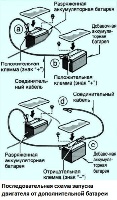Engine overheating occurs when there is a malfunction in the cooling system
When the engine overheats, the needle of the coolant temperature gauge approaches the red zone
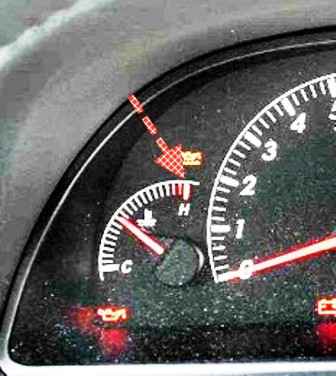
When the engine overheats, unpleasant consequences can occur: breakdown of the head gasket, warping of the head and, as a result, complex engine repairs
Checking the cooling system
If the arrow of the temperature gauge has gone into the red zone, but no clouds of steam escape from under the hood, you need to turn on the maximum interior heating mode.
This is necessary to reduce the temperature of the liquid in the engine cooling system
Turn on the hazard warning lights and move to the edge of the roadway, and if possible, off the roadway
The engine should idle for a couple of minutes with the heater turned on at full power
Do not stop the engine immediately! The only condition is to maintain the tightness of the cooling system.
If a hose burst or jumped off, or another leak has formed, in addition to the release of fluid from under the expansion tank cap, the engine must be stopped immediately
After the overheated engine stops, local overheating of the coolant begins at the points of contact with the most overheated engine parts and the formation of vapor locks. This phenomenon is called thermal shock
- Stop the engine
- Open the hood and inspect the engine compartment
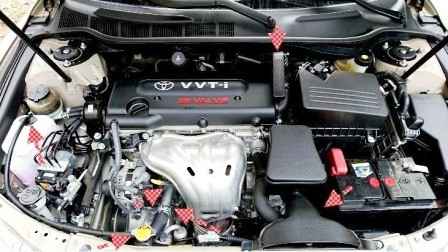
When inspecting the engine, pay attention to the presence of coolant in the expansion tank, the integrity of the rubber hoses, radiator, thermostat
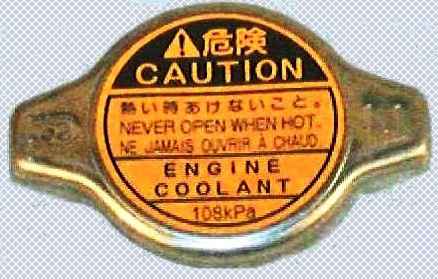
Do not open the radiator cap immediately.
The liquid in the cooling system is under pressure, you can burn yourself when opening the plug
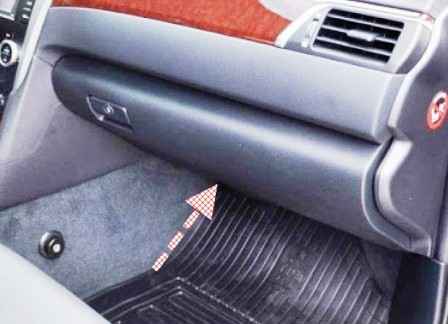
You also need to look under the instrument panel on the front passenger side - if there are any leaks or traces of coolant flowing from the heater core
A broken hose can be temporarily repaired with masking tape
A radiator leak, a thermostat or heater malfunction is difficult to fix on the spot, so you need to add water to the cooling system and monitor the temperature gauge while driving, periodically restoring the level in the cooling system
Do not add cold water to an overheated engine.
The engine must be allowed to cool with the hood open for at least 30 minutes
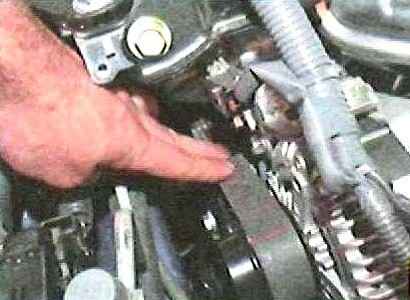
A broken or loose accessory drive belt almost always causes the engine to overheat.
If the belt is intact, you need to check its tension
The engine can overheat if the thermostat that controls the passage of fluid in the cooling system through or past the radiator (to speed up the warm-up of a cold engine)
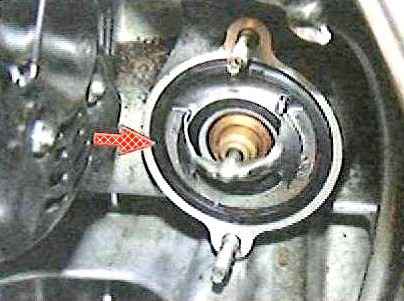
To check the thermostat, on a warm engine, check the temperature of the hose connecting the thermostat to the radiator by touch.
If the radiator hose is cold, the thermostat is defective, there is no circulation through the radiator
A common cause of engine overheating is a failure of the electric radiator fan
We start the engine, monitor the temperature and pay attention to whether the cooling system fan turns on when the engine overheats
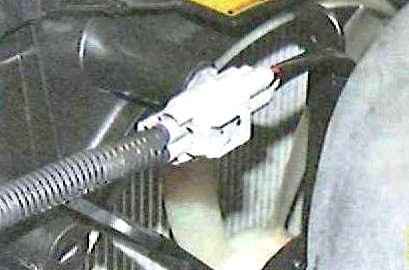
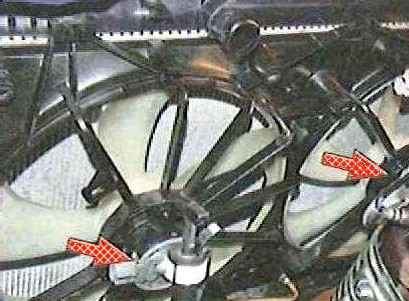
The reason for the fan not turning on may be a blown fuse, a faulty turn-on relay, oxidized contacts in the wiring block, a blown additional fan resistance, or a burnt out electric motor
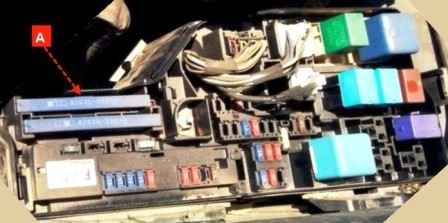
If the fan motor does not turn on, replace the fusible link (A) in the fuse and relay mounting block installed in the engine compartment
If the fan does not start after replacing the fusible link, you need to check the fan motor
To do this, you need to take two additional wires and apply power directly from the battery to the electric motor
If the electric motor starts running, the wiring, fuses or fan relay are faulty
Hint
There are two valves installed in the radiator cap - inlet and outlet.
The exhaust valve plays a big role in maintaining the temperature of the engine
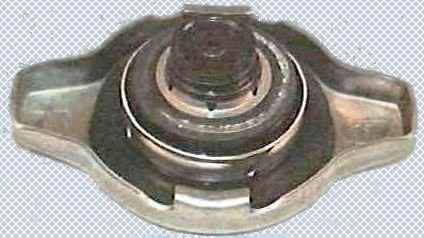
It maintains an overpressure in the system of at least 78.5-122.7 MPa (0.80-1.25 kgf / cm 2), providing an increase in the temperature at which the coolant begins to boil and preventing intense vaporization.
If the valve is stuck in the closed position, overheating causes a significant increase in excess pressure - more than 0.2 MPa (20 kgf / cm 2), which can lead to a rupture of the radiator or a breakdown of one of the hoses.
Stuck open valve causes premature boiling of the coolant
Rinse the radiator cap with running water once a year. If in doubt, replace the cork.
Obviously, if the radiator cap is removed on an overheated engine and this action coincides with a thermal shock in time, then boiling of the liquid and the formation of air pockets in the cooling system will be guaranteed
Periodically, it is necessary to blow out the radiator cells with a jet of compressed air to remove dirt, adhering insects and road debris from the surface of the radiator.
This way you can partially restore the efficiency of the radiator











